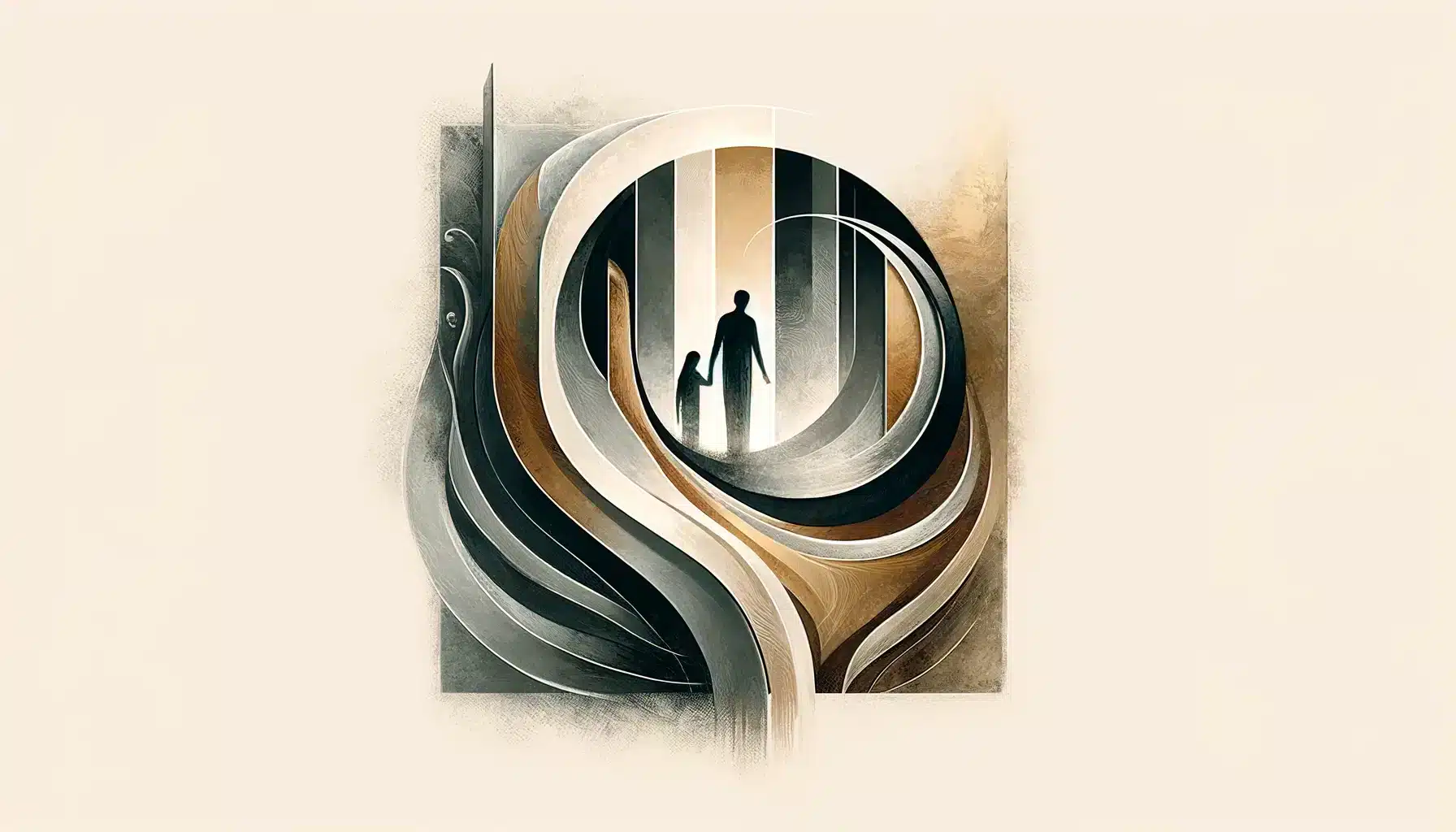What is Nakba?
Nakba, meaning catastrophe in Arabic, refers to the mass displacement and dispossession of Palestinians that began in 1948 with the creation of Israel. More than 750,000 Palestinians were expelled or forced to flee their homes, and over 500 villages were destroyed. This event reshaped the region, leading to long-term conflict, unresolved refugee issues, and deep political divisions.
Nakba is not just a historical event; it determines the present more than ever. The conflict between Israel and Palestina has escalated again after Hamas launched an attack on Israel, killing and kidnapping civilians and soldiers. Israel responded with large-scale bombings and a military operation in Gaza, leading to a severe humanitarian crisis. Thousands of Palestinian civilians have died, and essential resources such as water, electricity, and medical care are under extreme pressure. In the West Bank, military operations, violent attacks by settlers, and land confiscations continue.
Although Israel views its military actions as self-defense, Palestinians experience the ongoing war and occupation as a continuation of the Nakba. For them, it symbolizes the continued loss of land, freedom, and recognition.
History and Origin
The Nakba took place in a world still recovering from World War II. European countries, struggling with their own guilt over the Holocaust, strongly supported the establishment of a Jewish state. The trauma of the Holocaust fueled the determination to create Israel, while Western nations, unwilling to take in large numbers of Jewish refugees, backed its creation in historic Palestine.
Britain, which controlled Palestine under the British Mandate, played a decisive role by encouraging Jewish immigration while suppressing Palestinian nationalist movements. When Britain withdrew in 1948, civil war broke out between Jewish and Arab forces.
The United Nations Partition Plan divided Palestine, granting 55% of the land to the Jewish population, which made up only one-third of the inhabitants. Palestinian leaders rejected the plan, seeing it as unjust. During the war that followed, Israel declared independence, surrounding Arab nations invaded, and large-scale displacement of Palestinians occurred. Some fled out of fear, while others were forcibly removed by Israeli forces. Most were never allowed to return.
Over the decades, the situation worsened. The Israeli right-wing government expanded settlements in the West Bank, undermined peace efforts, and imposed harsh military control over Palestinian areas. Meanwhile, Hamas, a group designated as a terrorist organization by the U.S., the EU, and other countries, took control of Gaza and has repeatedly launched attacks on Israel, triggering harsh Israeli military responses.
Who Observes Nakba Day?
- Palestinians in Gaza and the West Bank: Hold protests, memorial services, and demonstrations to demand recognition and justice.
- Palestinian refugees worldwide: Remember their lost homes and continue to call for their right of return.
- Israeli activists and human rights groups: Engage in discussions about the history and consequences of 1948.
- International organizations and academics: Research and document the ongoing effects of the Nakba.
- Pro-Palestinian and pro-Israeli activists: Hold events, debates, and campaigns reflecting their perspectives on the conflict.
Slogans and Themes
Nakba Day focuses on themes of displacement, remembrance, and political struggle. The commemoration highlights both the historical grievances of Palestinians and the continued geopolitical tensions in the region.
Common slogans include the right of return is non-negotiable, never forget, never forgive, and Palestine will be free. Others advocate for peace, coexistence, and diplomatic efforts to resolve the conflict.
Colors, Symbols, and Patterns
Colors
- Black: Represents mourning and the ongoing suffering of displaced Palestinians.
- Red: Symbolizes resistance, struggle, and the sacrifices made in the conflict.
- Green: Reflects Palestinian identity and hope for a political resolution.
Symbols
- The key: Represents the right of return for Palestinian refugees who still hold the keys to their lost homes.
- The map of historic Palestine: Symbolizes the land before the partition and subsequent wars.
- The keffiyeh: A symbol of Palestinian resistance and national identity.
Patterns
- Traditional keffiyeh designs: Represent struggle, resilience, and cultural identity.
- Barbed wire imagery: Reflects displacement, military occupation, and territorial divisions.
- Olive tree motifs: Signify the deep-rooted connection of Palestinians to the land and their survival.
Most Used Hashtags
- #Nakba
- #RightOfReturn
- #FreePalestine
- #GazaUnderAttack
- #EndTheOccupation
How to Observe Nakba
- Attend protests and rallies: Participate in global demonstrations addressing different perspectives on the conflict.
- Educate others: Share historical information, books, and articles about the Nakba and its ongoing effects.
- Support humanitarian efforts: Donate to organizations providing aid, advocacy, and support to affected civilians.
- Hold cultural events: Participate in Palestinian film screenings, poetry readings, and art exhibitions.
- Engage in discussions: Use social media and educational platforms to discuss possible solutions to the conflict.
Why is Nakba Important?
Nakba serves as a reminder of the long-standing conflict and the unresolved issue of Palestinian displacement. For Palestinians, it marks the loss of their homeland and the struggle for self-determination. For Israelis, it represents the foundation of their state amid regional hostility.
Western guilt over the Holocaust helped shape the creation of Israel, but this historical trauma should not come at the expense of Palestinian rights. Today, the Israeli right-wing government continues to expand settlements, reject peace initiatives, and impose severe restrictions on Palestinians. At the same time, Hamas and other militant groups launch attacks on Israel, ensuring that the cycle of violence continues. Western nations continue to provide Israel with military support while failing to hold it accountable for policies that violate international law, while also offering humanitarian aid to Palestinians without addressing the root causes of the conflict.
Understanding the Nakba means recognizing its impact on millions of people today and seeking paths toward stability, security, and justice for all involved.
Features
- History and Memorials
